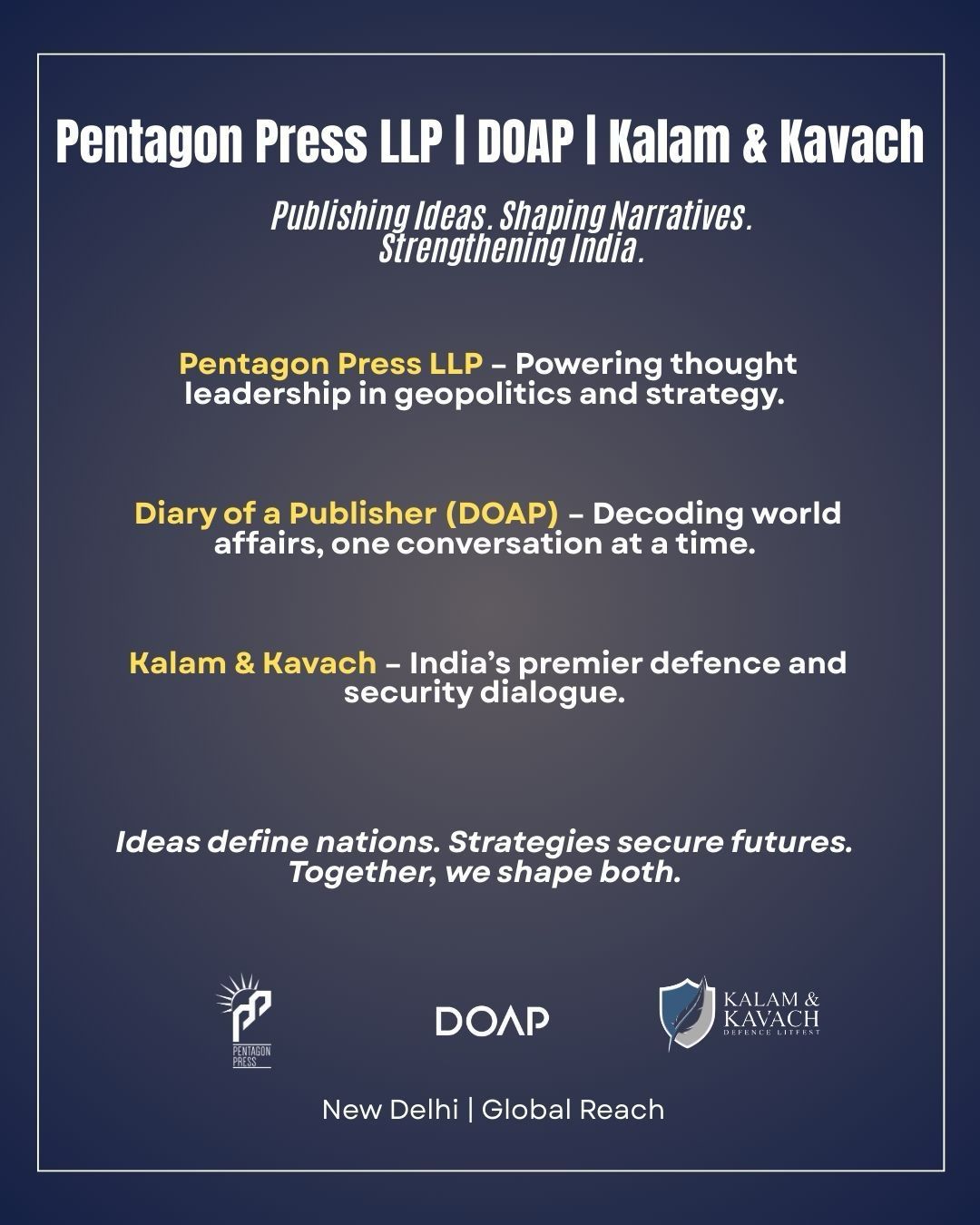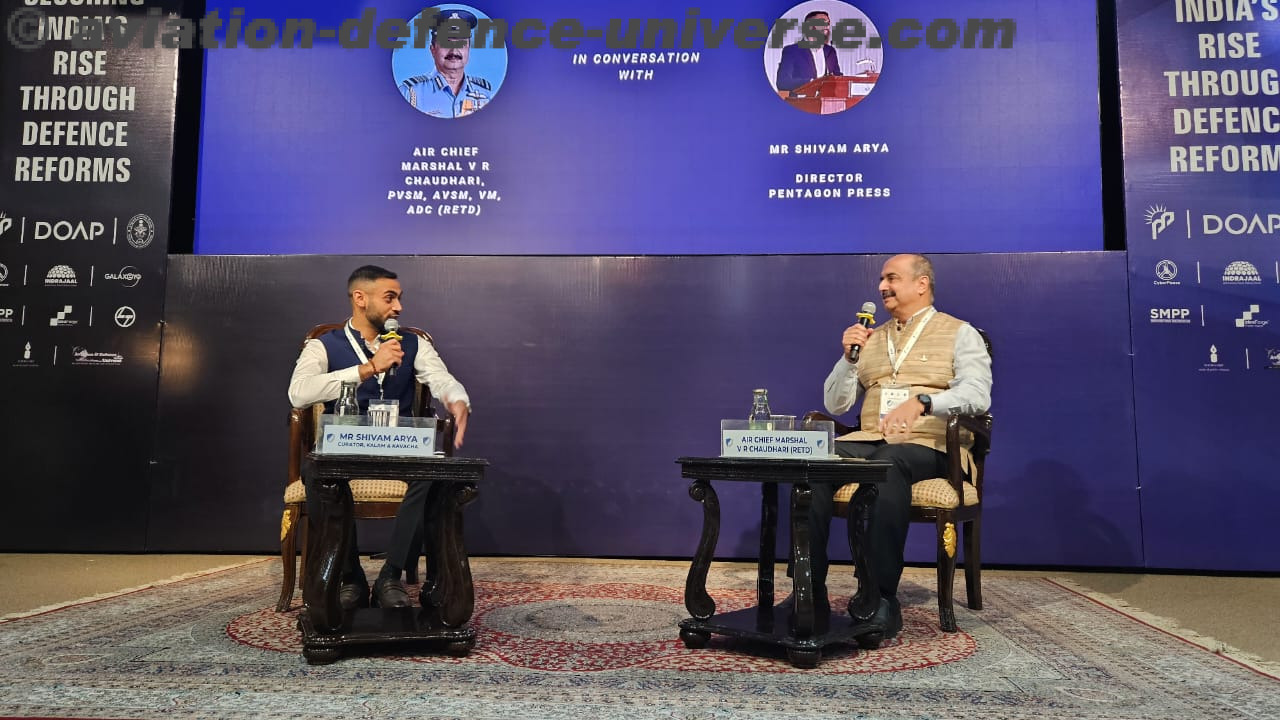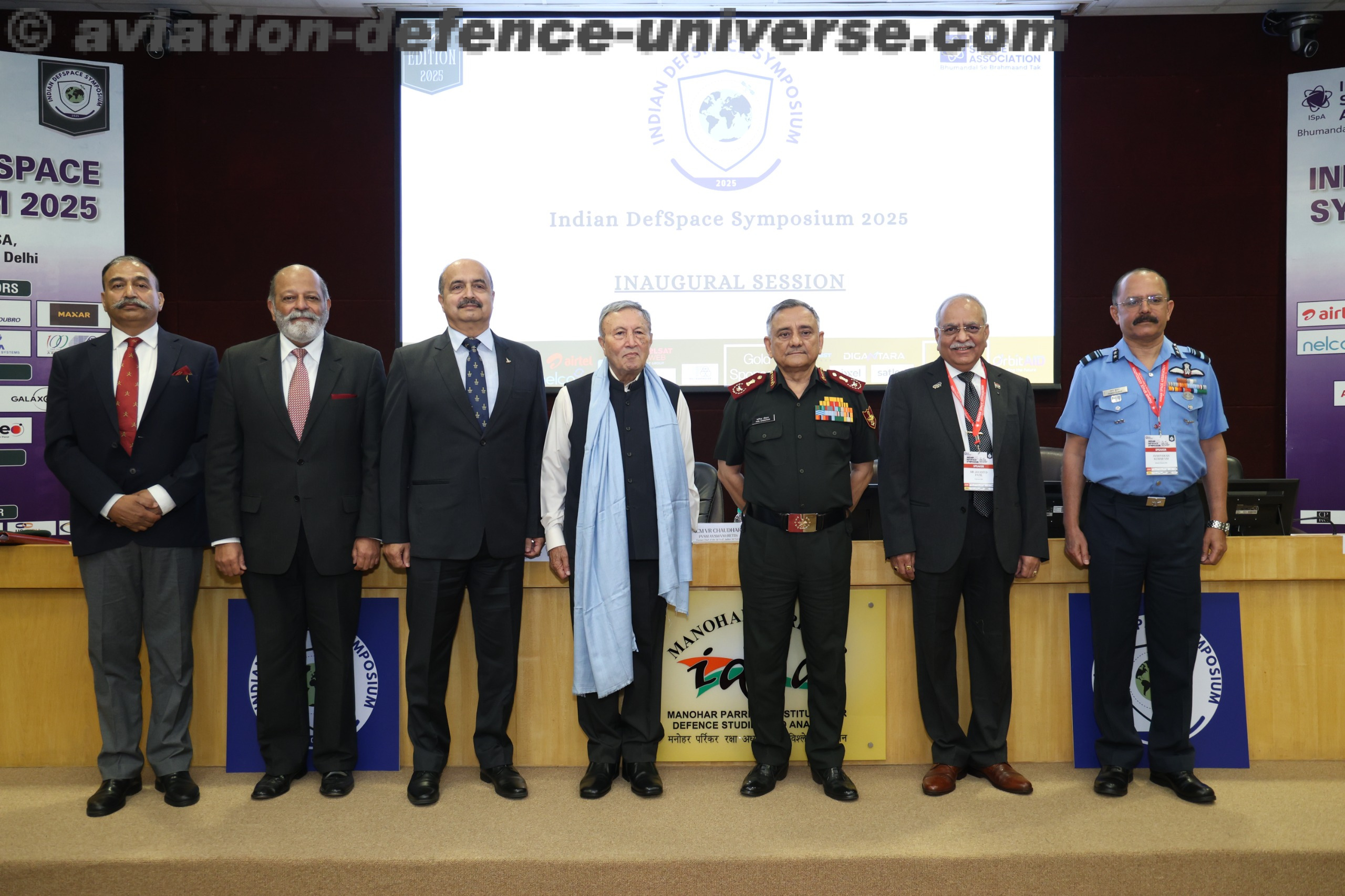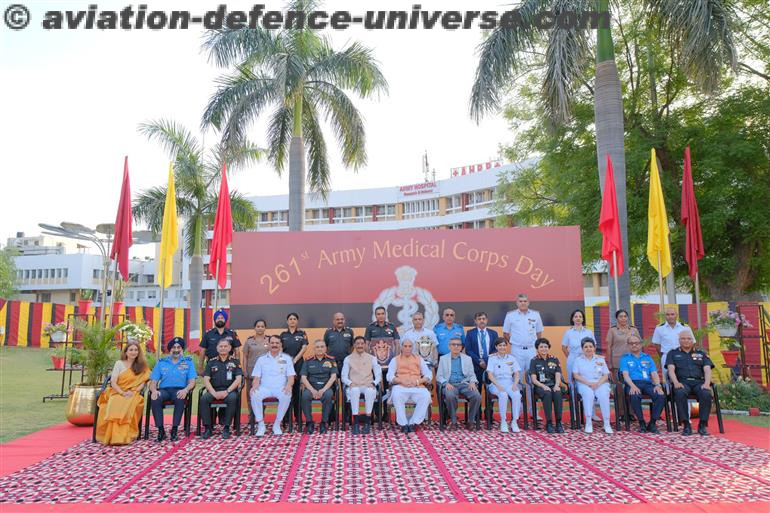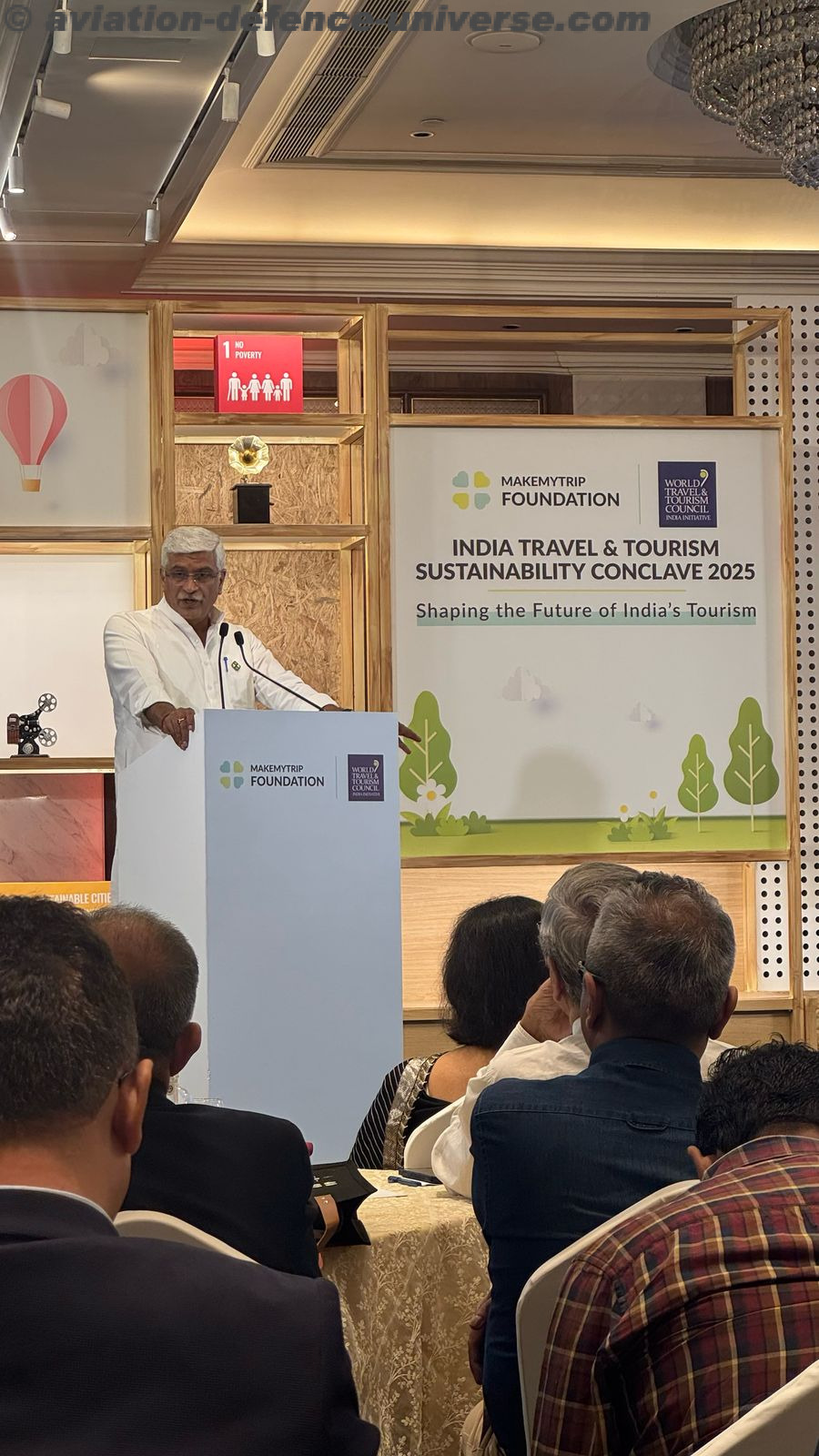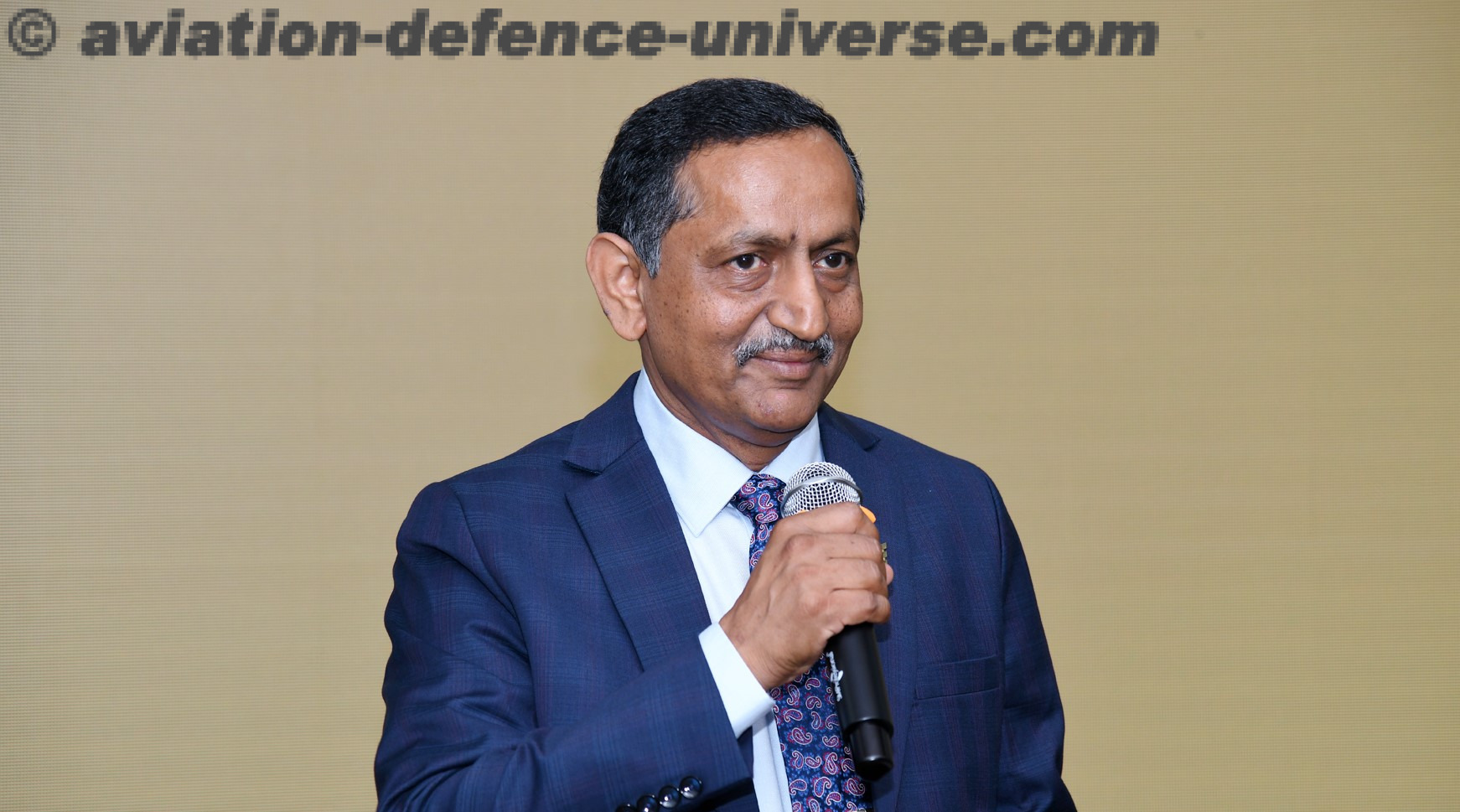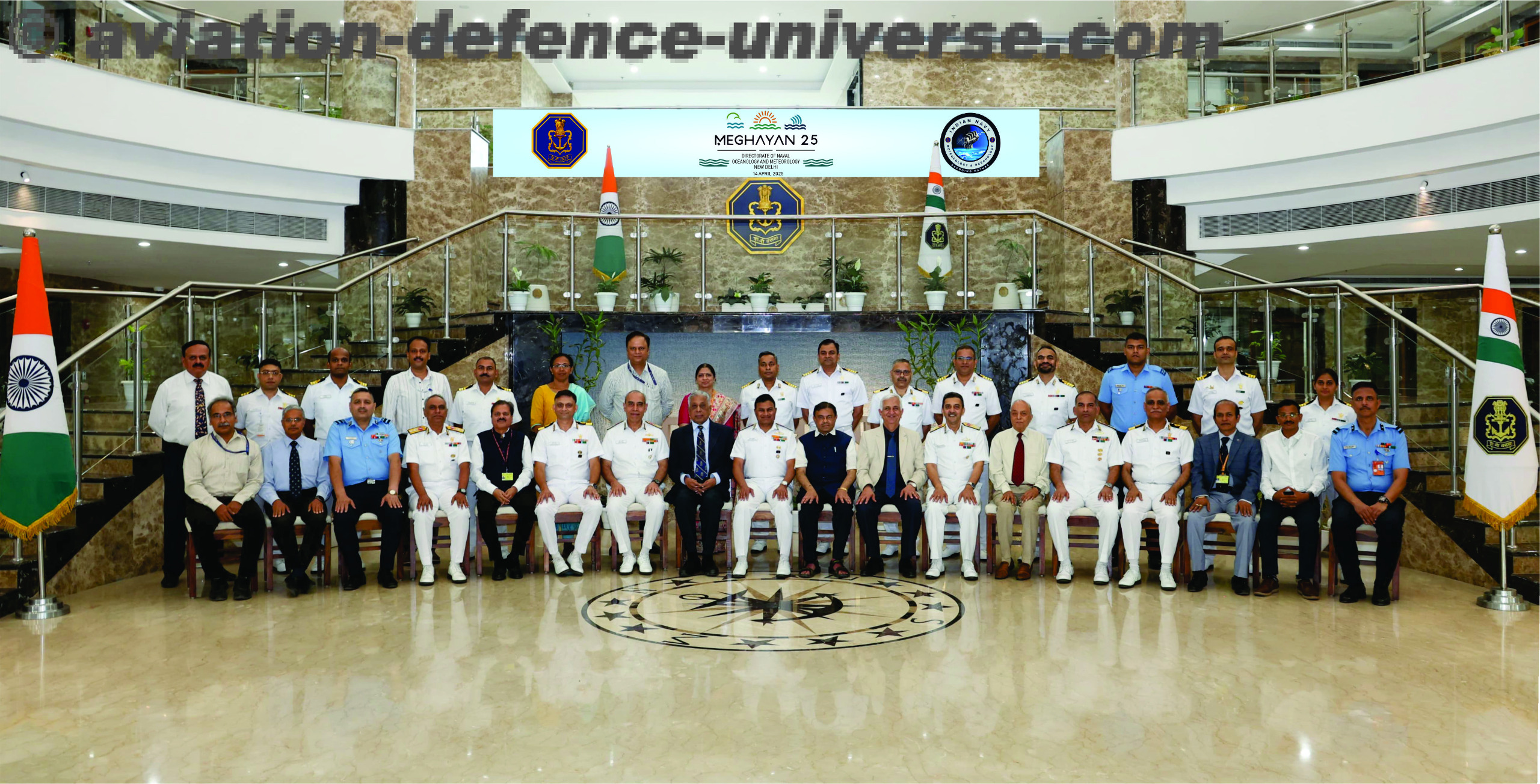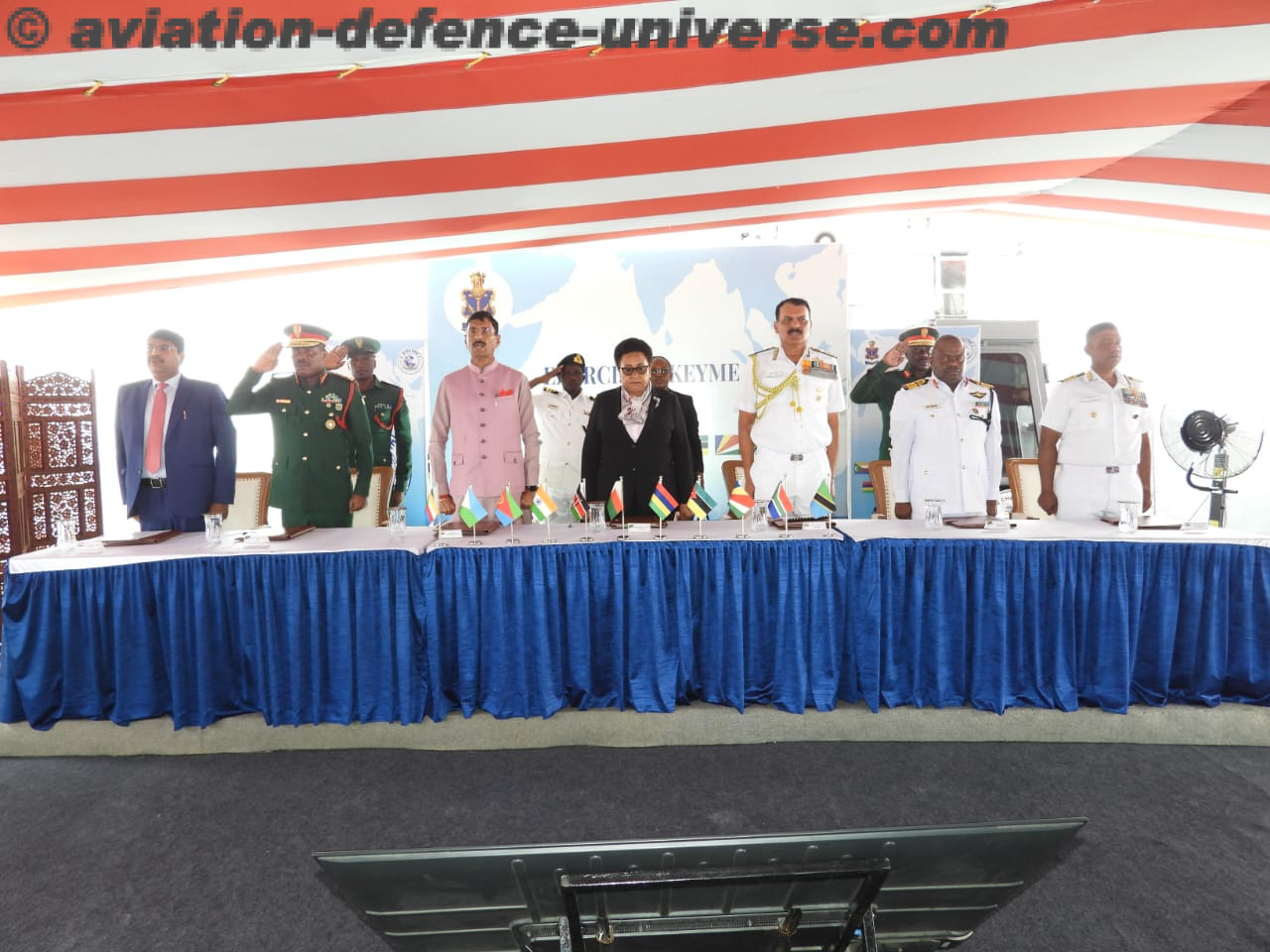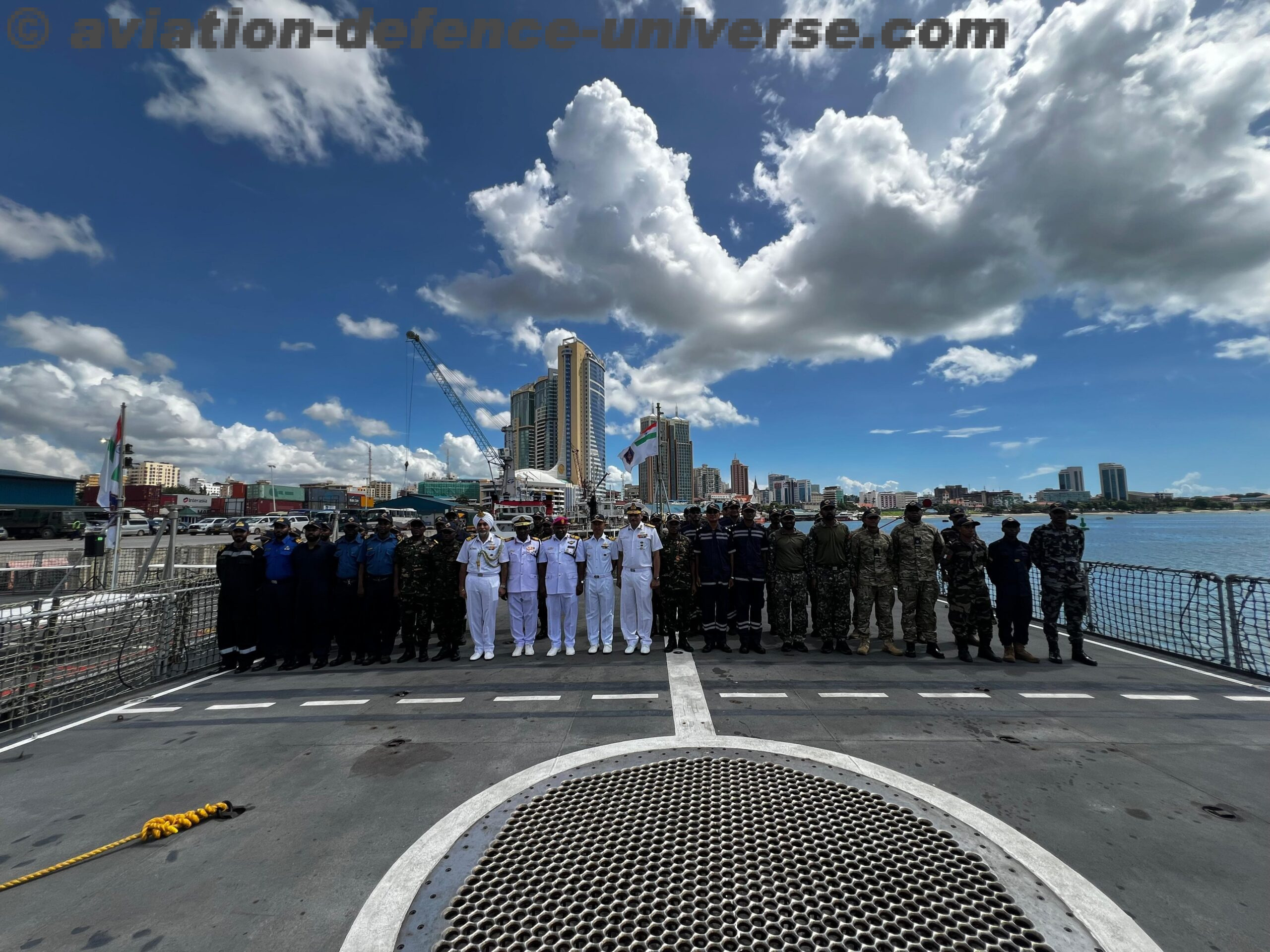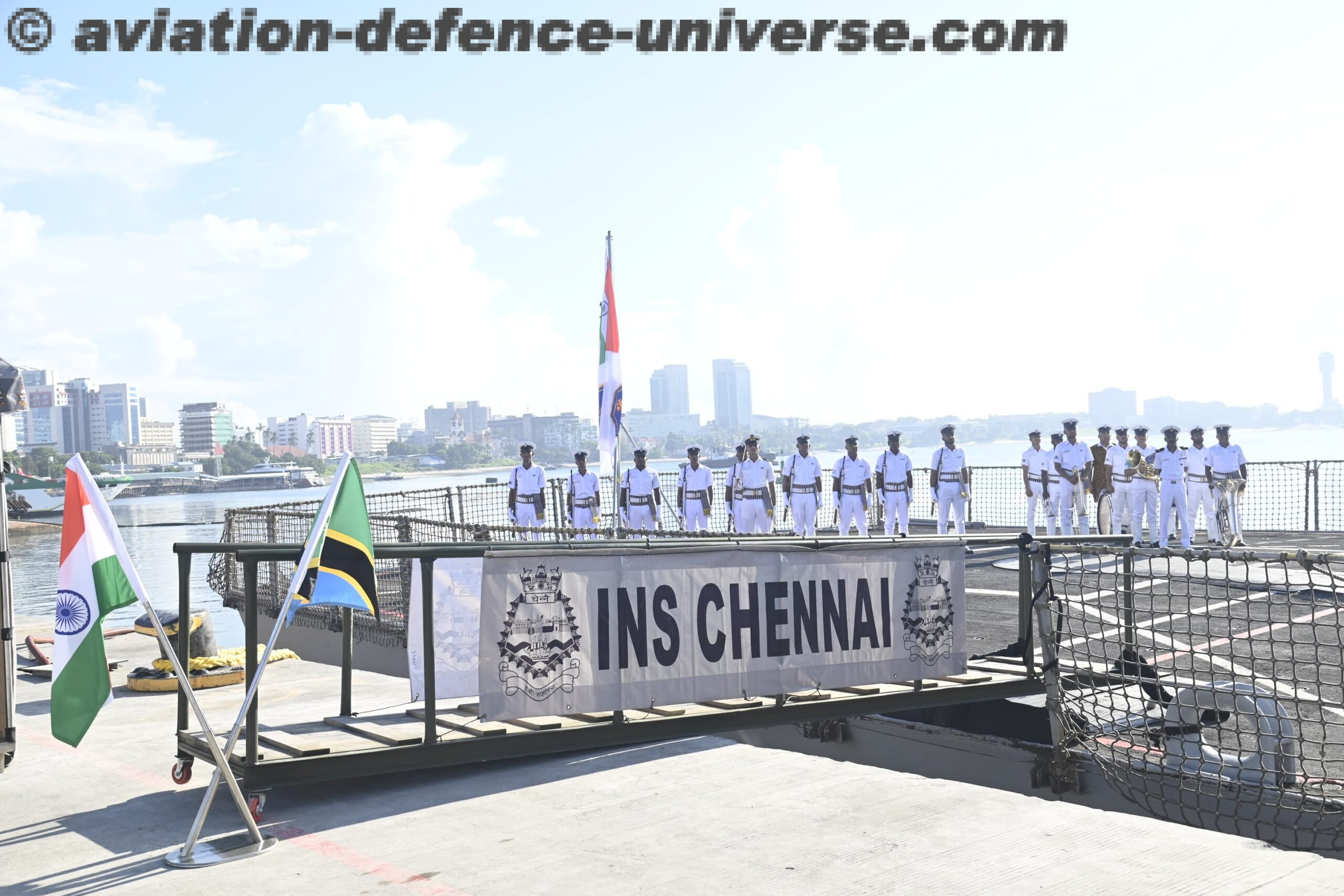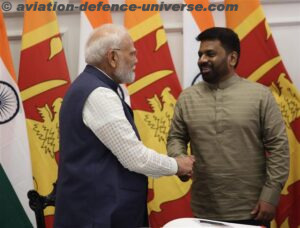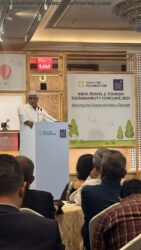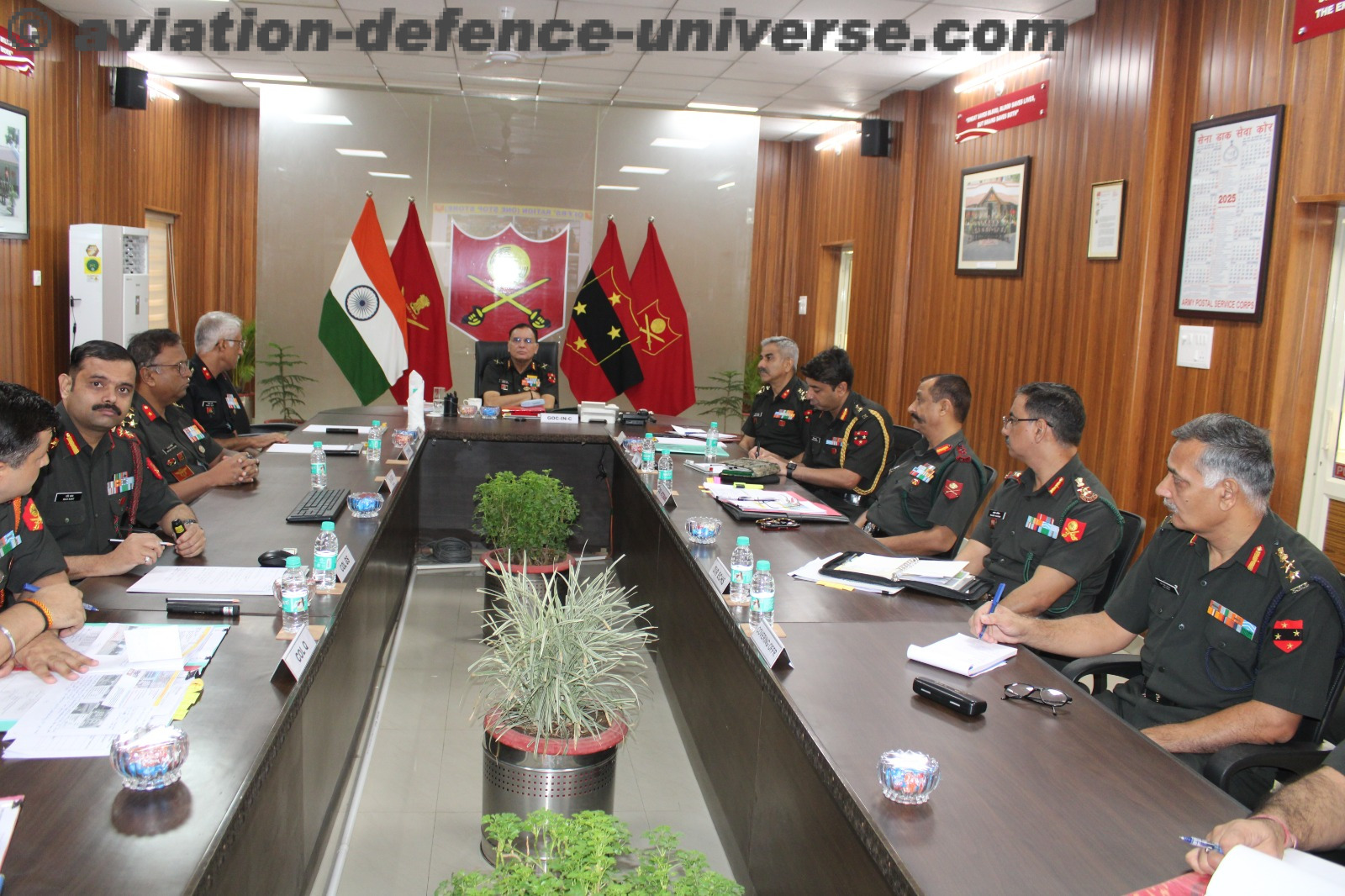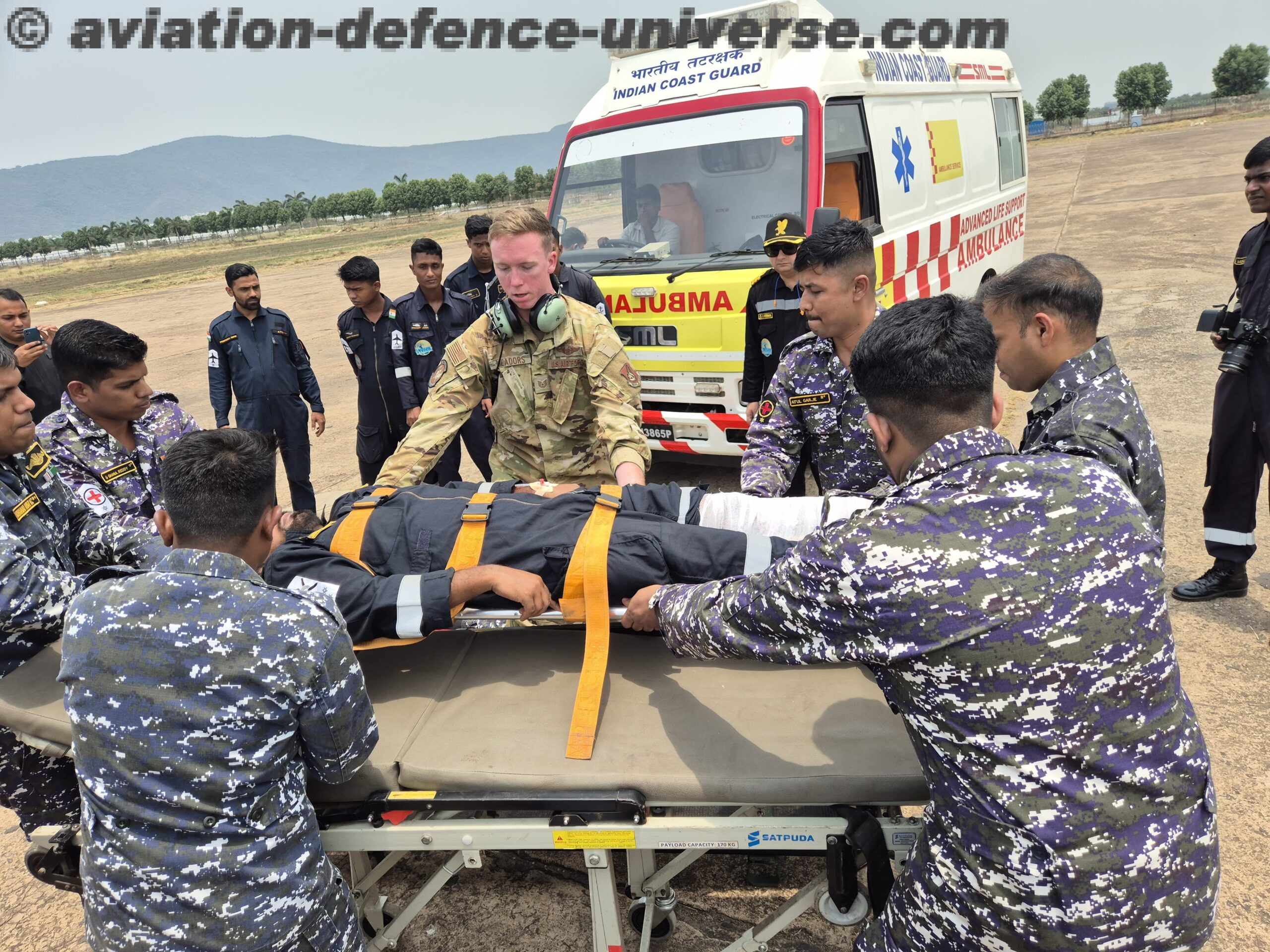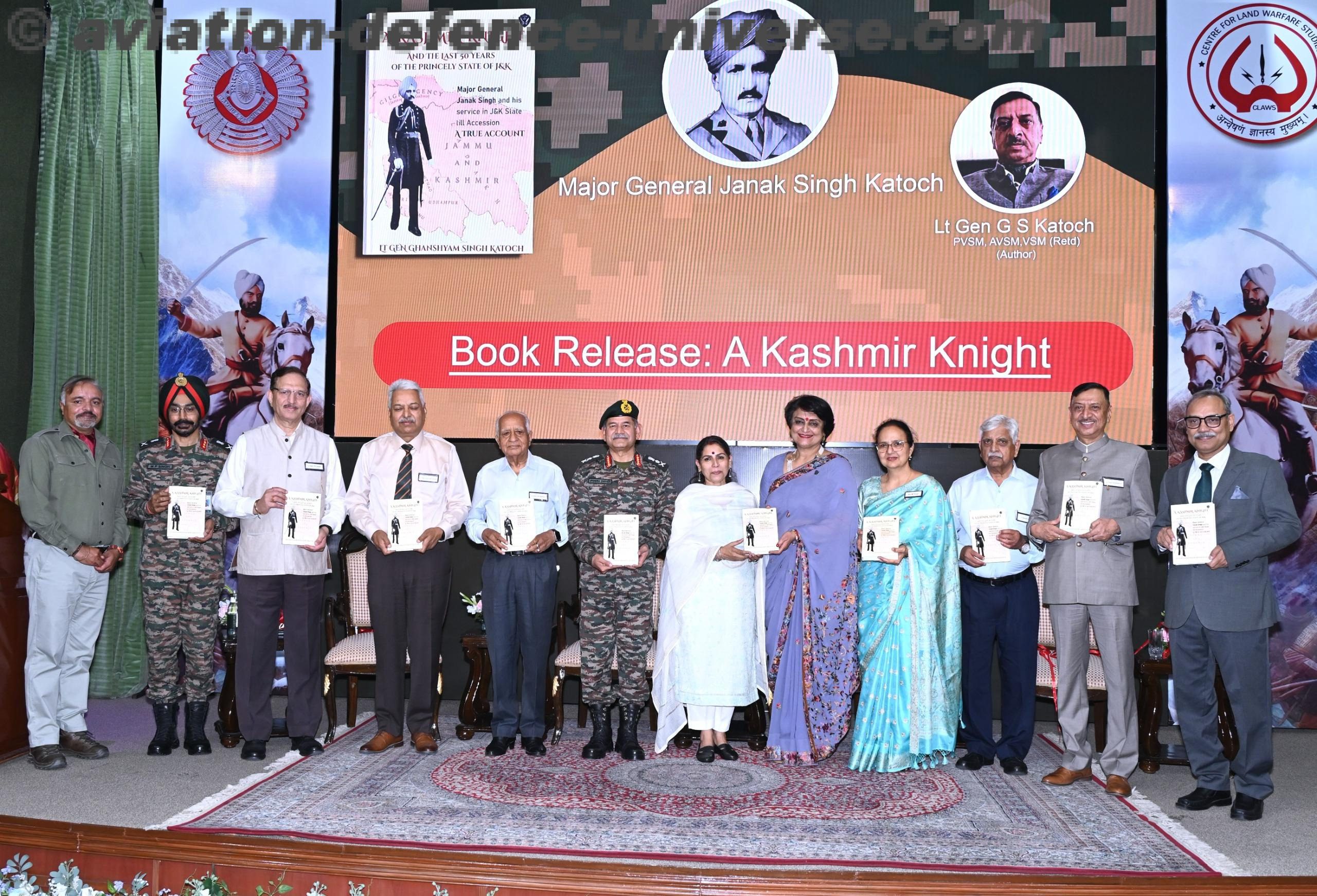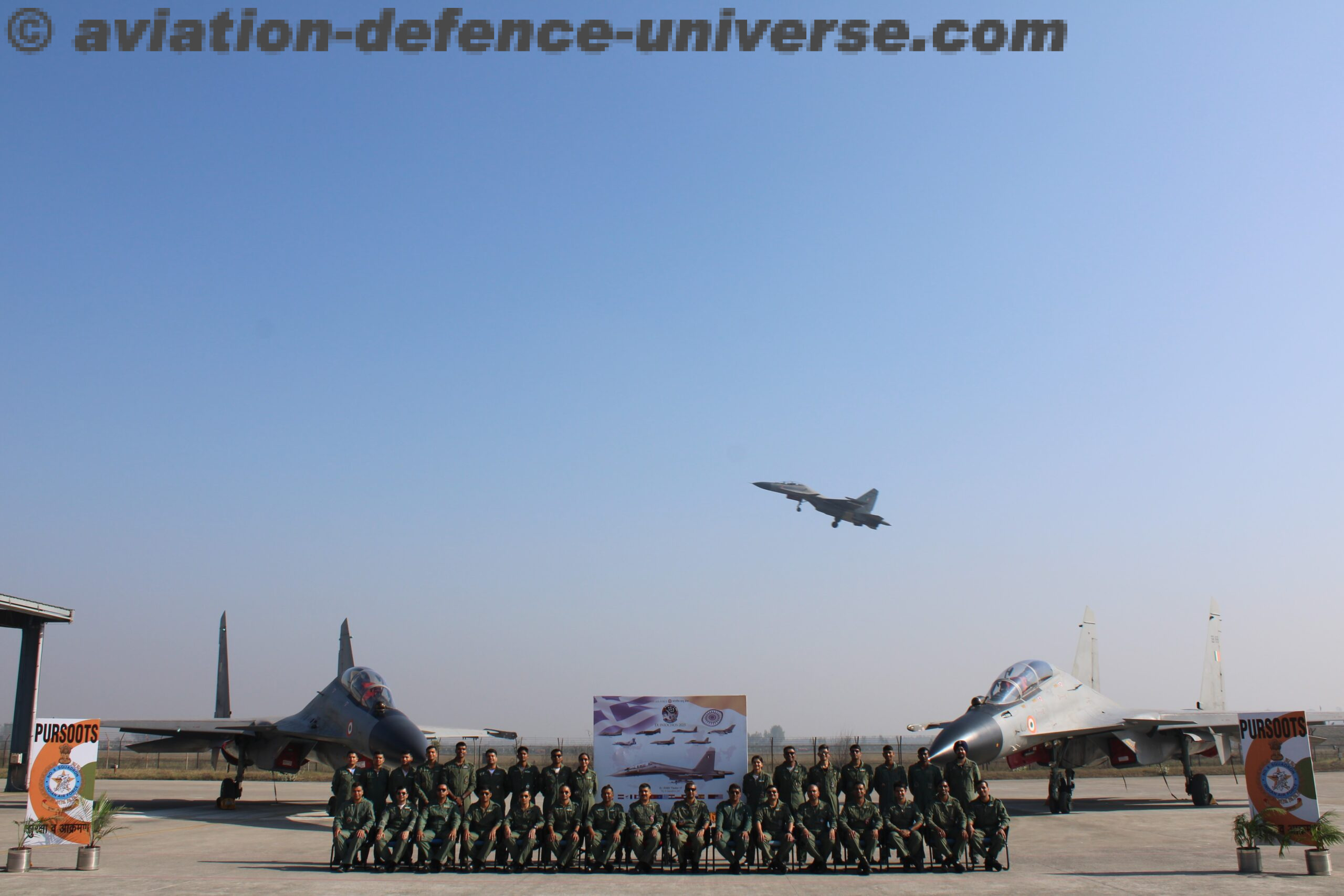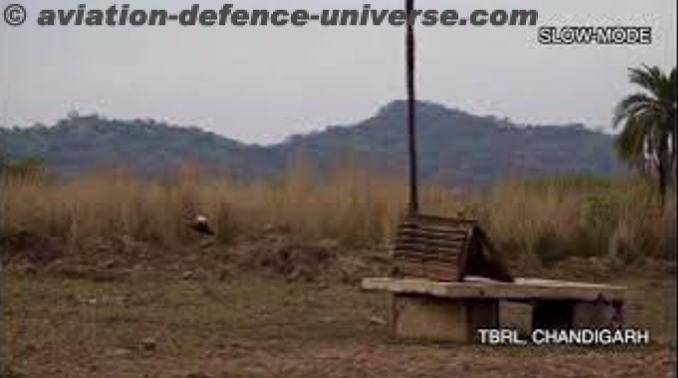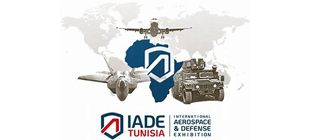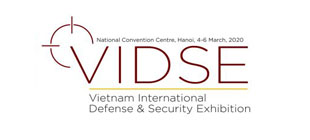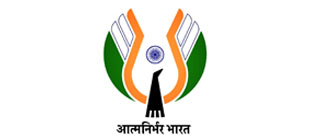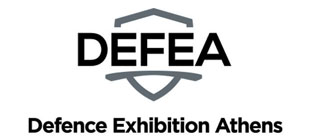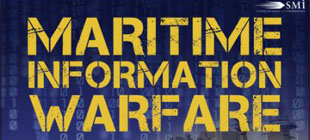 By Maj Gen (Dr.) Ashok Kumar, VSM (Retired)
By Maj Gen (Dr.) Ashok Kumar, VSM (Retired)
New Delhi. 13 February 2025. It’s a normal trend that we remember the word Nuclear invariably on the anniversary dates when these deadly bombs were dropped on Japan. The ongoing Russia-Ukraine war has resulted in salient changes to the Nuclear Doctrine of Russia which has major implications for the world. The Nuclear Doctrine of Russia has evolved through years and the geopolitical framework, historical contexts and military objectives have shaped it time and time again. To understand this evolvement and structure of Russia’s nuclear doctrine, it is crucial to understand the background.
Currently in the global arena, Russia holds the greatest number of nuclear weapons but there are various other countries which hold nuclear arsenals as well. As per the tables below, there are five states recognized to hold the nuclear weapons according to NPT (Non-Proliferation Treaty) related to nuclear weapons of 1970. The US was the first state to develop and test the nuclear arsenal which it used on Japan in 1945 ending the WWII. There are several nations that developed nuclear weapons outside the NPT framework namely India, Pakistan and North Korea. Israel is believed to also have nuclear warheads close to 90 but hasn’t declared it openly while Iran’s Nuclear status remains uncertain.
Table 1: Recognized are five nuclear weapon states as per NPT
| Country | Year Acquired | Nuclear Warheads |
| United States of America | 1945 | 5044 (active nuclear warheads) |
| Russia | 1949 | 5580 |
| France | 1960 | 290 |
| United Kingdom | 1952 | 225 |
| China | 1964 | 500 |
Table 2: Other States with Nuclear Weapons
| Country | Year Acquired | Nuclear Warheads |
| India | 1974/1998 | 172 |
| Pakistan | 1998 | 170 |
| North Korea | 2006 | 50 |
Table 3: Ambiguity
| Country | Year Acquired | Nuclear Warheads |
| Israel | 1990/1975? | 90? |
The very first use of a nuclear warhead was carried out by the US at the end of WWII on 6th August 1945. The attack was on Hiroshima, Japan which caused the loss of life of at least one Lakh civilians. The second attack was also carried out by the US on Nagasaki, Japan just two days after the first attack dated 9th August 1945 which caused large number of casualties, close to 2.5 lakhs. Both Hiroshima and Nagasaki are situated in the Southern Japan and are located at a distance of 421 kilometers. The after effects of the attacks are still there till this date in both the places even after a gap of close to 70 years.
Justification of the First Use of Nuclear Weapon by the United States?
People commonly believe that the very first use of a nuclear weapon was to end the WWII as when the US carried out two massive nuclear attacks on Japan; to this the latter surrendered just five days after the attack which was on 15th August 1945. This narrative is embedded vastly in common people but there is also an alternative narrative which relates to the fact that the US wanted to show its dominance and supremacy over then Soviet Union. In WWII, the US, USSR, China, France and UK were part of allied forces whereas the axis forces included Germany, Japan and Italy. Italy had surrendered on 8th September 1943 and Germany surrendered on 8th May 1945, Japan was the only opposing force left to surrender and the US forces were already in the process of launching ground operations from its already captured Okinawa island Although the first narrative can be the reason for US’s actions, but the alternate narrative also evokes trust. What is evident from the above is the fact that even the superpowers have leveraged their nuclear power for their national ambitions and current day Russia is no exception.
Russian Nuclear Doctrine
The first nuclear weapon developed by Soviet Union and its test was carried out in 1949 to challenge the US’s nuclear monopoly. The Russia’s nuclear doctrine has always been evolving and changing based on the perceived security threat. During 1960s and 1970s, the doctrine talked about non use of nuclear weapons garnering the support of NAM (Non-Aligned Movement) nations.
In 1991, USSR disintegrated and its main constituent was named as Russia. Boris Yeltsin was elected as the first President of Russia who later modified nuclear doctrine in 1993, although this must be kept in mind that the use of nuclear weapons maintained the normalcy between the US and USSR camps till the end of Cold war. In 1993 ‘no-first-use policy’ was denounced by Russia as its conventional forces had become relatively weaker, but this was to be used primarily when the Russian Federation was at stake.
In 2000, Russia expanded the scope of using nuclear weapons by including not only the usage of all weapons of mass destruction against it, but also if conventional operations are launched against Russian Federation and its allies. At this stage, pre-emptive use was not contemplated but escalation to nuclear conflict was definitely on the cards.
Post 2022, In the era of Russia-Ukraine conflict, Russia had made substantial gains but its overall profile has been a cause to worry. Nuclear facets have been raised by Russia multiple times after the commencement of war wherein many nuclear threats have been made by Russia to Ukraine and other countries in support of Ukraine since 24 February 2022.
On 19th November 2024 which was the thousandth day of Russia-Ukraine conflict, Russian President Vladimir Putin approved of amendments in Russia’s nuclear doctrine once again as also to answer US’s claims to fire longer range missiles through Ukraine in Russia. This also resulted in Russia lowering its threshold as Russia warns that if any large attack is carried out on Russia with conventional missiles, drones or weapons that could target its government and military infrastructure, it will be answered by nuclear arsenals. Any such threat on Belarus also qualifies for a similar nuclear response and a threat to its sovereignty remains to be answered by nuclear missiles as well. The nuclear doctrine of Russia has clearly shifted from no-first-use to first-use with this new amendment approved by Putin. It needs to be seen whether Russia accords same degree of nuclear security for North Korea as has been done in case of Belarus.
Its time that India also relooks at its Nuclear policy of No First Use as it has serious implications both in case of Pakistan and China.
Implications
First-use nuclear policy means that a state is free to use its nuclear arsenals in case of war even if the enemy has not used it on them. No-first-use nuclear policy means that a state will only use its nuclear arsenals for retaliation if the enemy has already used its nuclear weapons on them.
Pakistan and India: India and Pakistan have different policies when it comes to the nuclear doctrine, as Pakistan has First-Use policy while India practices No-First-Use policy. This conflicting state negates our conventional edge over Pakistan These policies shape our strategies and regional interactions. For example, in 1999, India did not use its nuclear arsenals and maintained its no-first-use policy during the Kargil war despite Pakistan’s threat to use it on India. Pakistan succeeded in achieving the positive spin off of the nuclear deterrence.
India and China: Both India and China favor no-first-use policy when it comes to their nuclear arsenals. But China is having stronger conventional forces than India and therefore we lose out on our side of nuclear deterrence. In terms of its regional security, India needs to reconsider its nuclear status in case of war.
(Maj Gen Ashok Kumar, VSM (Retd) is Director General Centre for Joint Warfare Studies (CENJOWS), a Kargil war veteran and a defence analyst. He specialises on neighbouring countries with special focus on China. The views in the article are solely the author’s. He can be contacted at editor.adu@gmail.com).


